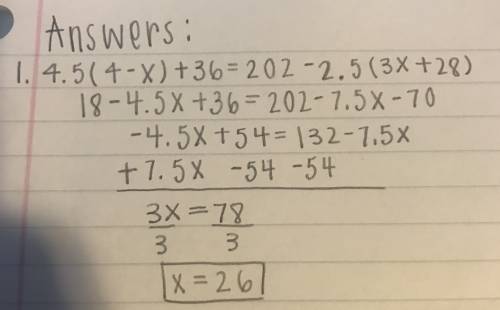 24
24  24
24  4
4  39
39 1. Using 3, 5 and 8 we can write the proper fractions (when numerator is less than the denominator) as  . As we can see these are just 3 in number.
. As we can see these are just 3 in number.
Likewise, improper Fraction will be when the numerator is greater than the denominator and they are  . As we can see even these are just three in number.
. As we can see even these are just three in number.
2. a 11 is the numerator and 20 is the denominator
b 7 is the numerator and 512 is the denominator
c 12 is the numerator and 10 is the denominator
d 0 is the numerator and 78 is the denominator
3 Please keep in mid that a fraction is proper when the numerator is lesser than the denominator and is improper when the numerator is greater than or equal to the denominator. Thus, keeping in mind this rule let us proceed and check the given fractions.
a Proper
b Improper
c Proper
d Improper
4. When the numerator is equal to denominator, the fraction's value will always be equal to 1. When the numerator is greater than the denominator the fraction's value will always be greater than 1 and when the numerator is less than the denominator the fraction's value will always less than 1. Keeping these rules in mind let us proceed with the fractions given.
a. =
b. <
c. <
d. >
 39
39 1. Using 3, 5 and 8 we can write the proper fractions (when numerator is less than the denominator) as  . As we can see these are just 3 in number.
. As we can see these are just 3 in number.
Likewise, improper Fraction will be when the numerator is greater than the denominator and they are  . As we can see even these are just three in number.
. As we can see even these are just three in number.
2. a 11 is the numerator and 20 is the denominator
b 7 is the numerator and 512 is the denominator
c 12 is the numerator and 10 is the denominator
d 0 is the numerator and 78 is the denominator
3 Please keep in mid that a fraction is proper when the numerator is lesser than the denominator and is improper when the numerator is greater than or equal to the denominator. Thus, keeping in mind this rule let us proceed and check the given fractions.
a Proper
b Improper
c Proper
d Improper
4. When the numerator is equal to denominator, the fraction's value will always be equal to 1. When the numerator is greater than the denominator the fraction's value will always be greater than 1 and when the numerator is less than the denominator the fraction's value will always less than 1. Keeping these rules in mind let us proceed with the fractions given.
a. =
b. <
c. <
d. >
 1
1 Subtract:
2/3 - 1/2 = 2/3 • 2/2 - 1/2 • 3/3 = 4/6 - 3/6 = 4-3/6 = 1/6
For adding, subtracting, and comparing fractions, it is suitable to adjust both fractions to a common (equal, identical) denominator. The common denominator you can calculate as the least common multiple of the both denominators - LCM(3, 2) = 6. In practice, it is enough to find the common denominator (not necessarily the lowest) by multiplying the denominators: 3 × 2 = 6. In the next intermediate step the fraction result cannot be further simplified by cancelling.
Pls mark me brainiest
 4
4 Subtract:
2/3 - 1/2 = 2/3 • 2/2 - 1/2 • 3/3 = 4/6 - 3/6 = 4-3/6 = 1/6
For adding, subtracting, and comparing fractions, it is suitable to adjust both fractions to a common (equal, identical) denominator. The common denominator you can calculate as the least common multiple of the both denominators - LCM(3, 2) = 6. In practice, it is enough to find the common denominator (not necessarily the lowest) by multiplying the denominators: 3 × 2 = 6. In the next intermediate step the fraction result cannot be further simplified by cancelling.
Pls mark me brainiest
 1
1  7
7  15
15 There your go! Sorry for the delay, my ENTIRE answer deleted so I just wrote it down for you!


It will provide an instant answer!
